Sia
The splendid colours of the wild vegetation, as well as the unique colours of the old mining area, will enchant you
Sia is a village in Nicosia. It is administratively owned by the capital, which is only 28 km away and it is connected by the modern Nicosia - Limassol motorway.
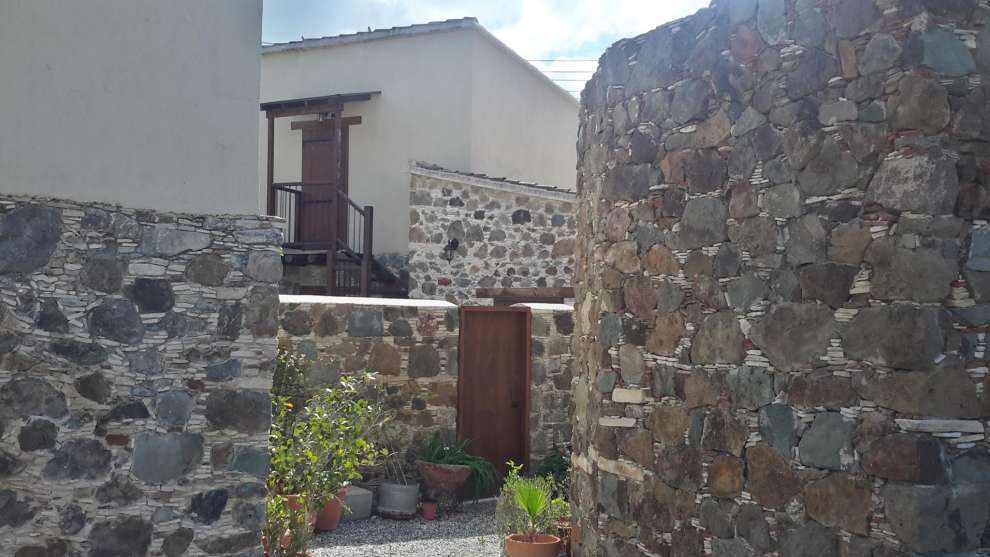 Photo: Yiannis Makriyianni
Photo: Yiannis Makriyianni
It is only 26 km away from the city of Larnaka and its sea and it is connected by the road Mosfiloti-Psevdas-Agia Anna-Kalo Chorio and the Pera Chorio-Larnaka motorway.
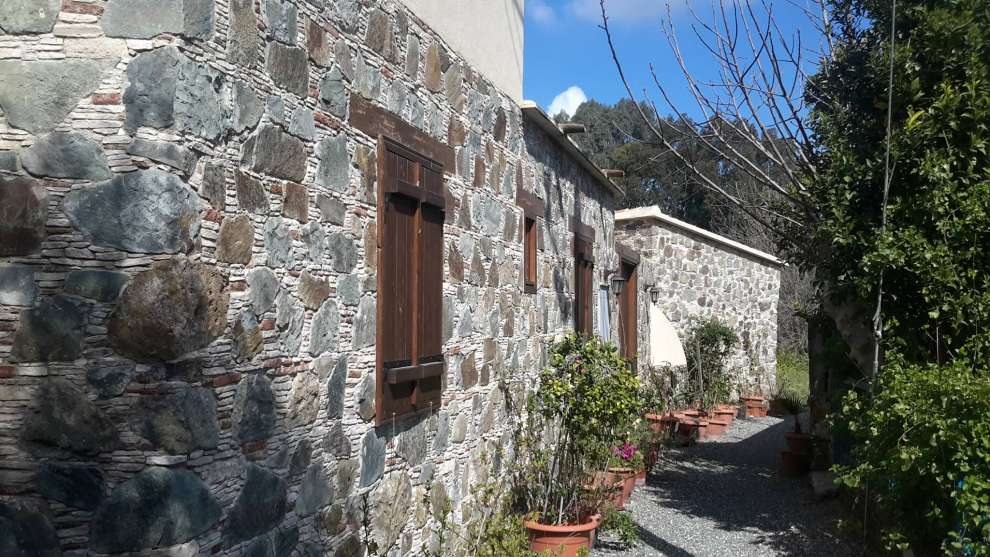 Photo: Yiannis Makriyianni
Photo: Yiannis Makriyianni
In this village you will be enchanted by the tranquillity of the natural environment, the wonderful colours of the wild vegetation and the distinctive colours of the old mine.
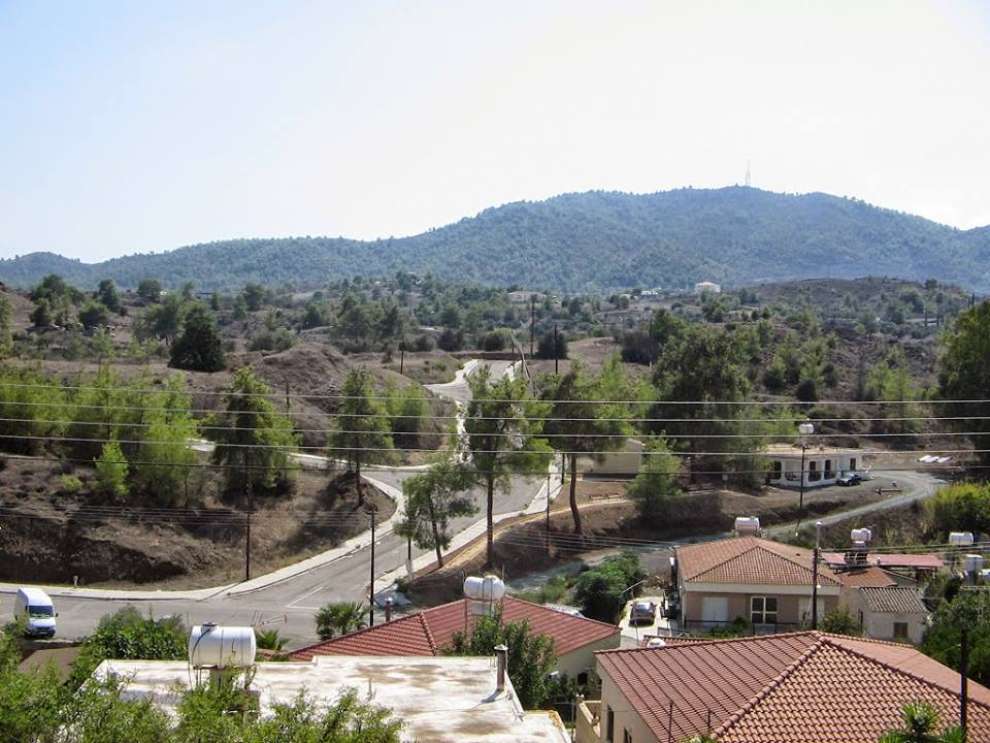 Photo: Cyprus Discover Κυπρος
Photo: Cyprus Discover Κυπρος
According to a population census made in 2001, the inhabitants of Sia were 530.
The history of the village:
Archaeological finds, ancient ruins and tombs discovered in the area testify to the existence of the settlement during antiquity.
According to the preliminary surveys, the remains of a settlement found about 2 km north of the village, belong to a settlement of Roman times. There are also indications that there was a prehistoric settlement in the area.
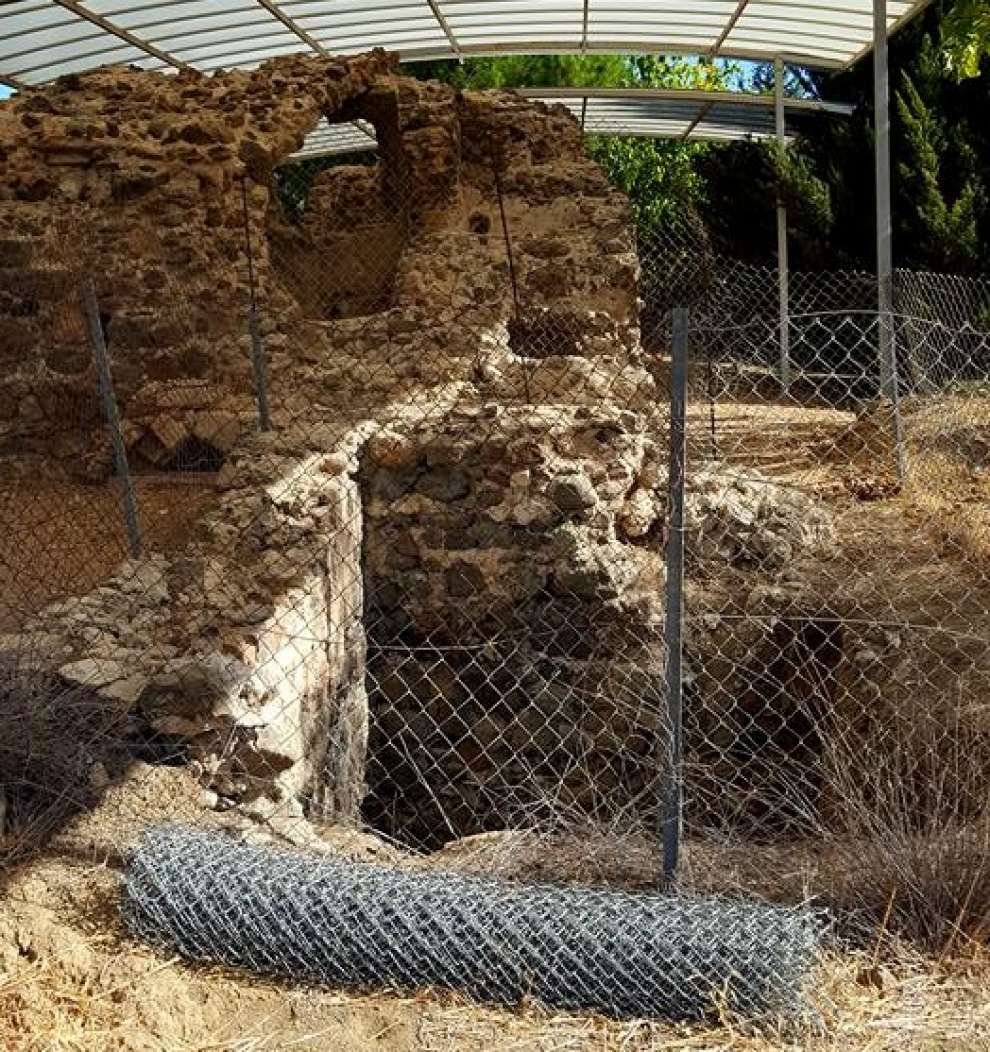 Photo: Chryso Maklokla
Photo: Chryso Maklokla
The name of the village:
For how the village got its name, there is only one version based on the logic of real events.
During the period of Arab raids in Cyprus that lasted for about 1000 years, from 500 to 1500 AD, robberies started from the southern coast of the island and were heading for the capital. In this period, the village that was named Sia was born. The reason for its name is attributed to the fact that it was found in a basin surrounded by mountains and even overgrown with tall trees, mainly pines and dense vegetation. So, the village was guarded by the eyes of the invaders, for it was in a "siasma (a shadowy place)". From this word it is speculated that the name of the community came.
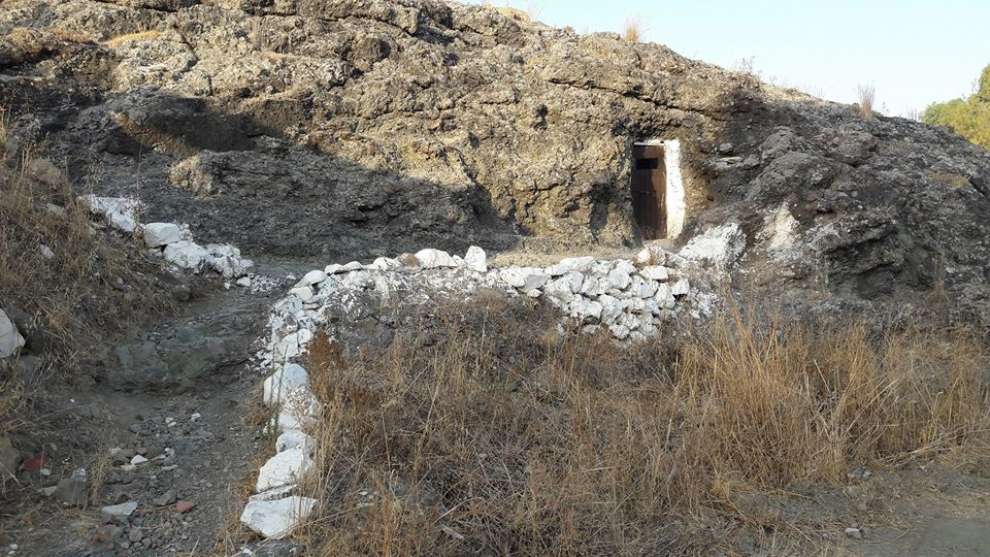 Photo: Kimonas Markoulis
Photo: Kimonas Markoulis
Churches, chapels and attractions:
In the village of Sia you can visit the church of Panagia Chryseleousa, which is located in the centre of the community. It is the patron saint of the village built in the Vassilikos style. It is said to have been built in 1756. The church seems to have received a second building. A hundred years later, around 1886, the expansion took place. Outside it is built with stone of the area.
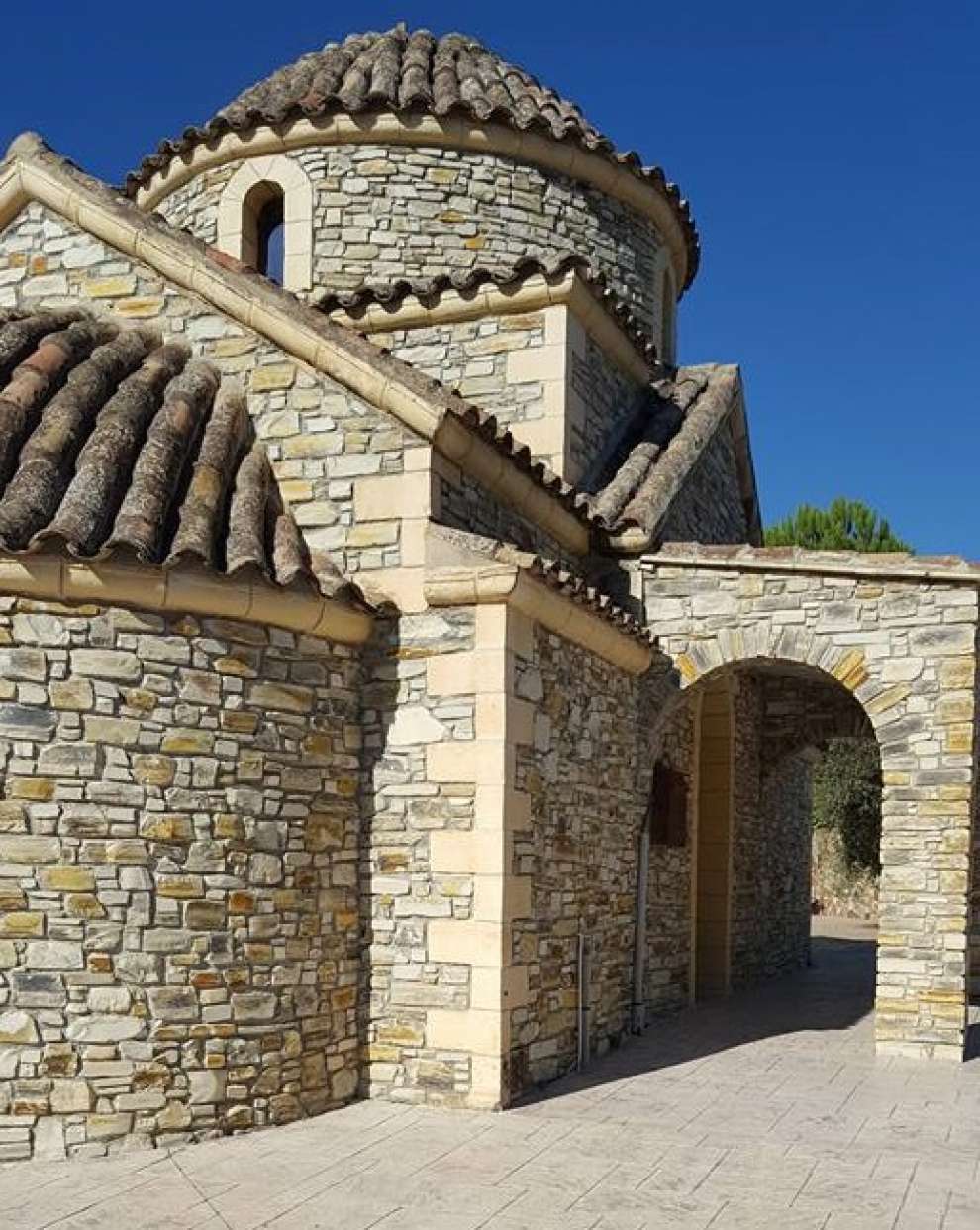 Photo: Chryso Maklokla
Photo: Chryso Maklokla
Additionally outside Sia, in the east on a hillside, is built the chapel of Saints Constantine and Helen. It is a building of 1950. Also a few kilometres outside the village is built the chapel of Agios Ioannis Spileotis building of 1870. Just above the cave of Agios Ioannis Spileotis, is built the chapel of Agios Ioannis Theologos building of 1985. At a distance of two kilometres from the newly built village and approximately in the centre of the old village of Sia, there is the chapel of Agios Prokopios. Built in 1990 in one-aisled rhythm with a dome. In the village there is also the chapel of Saint Irene of Chrysovalantos.
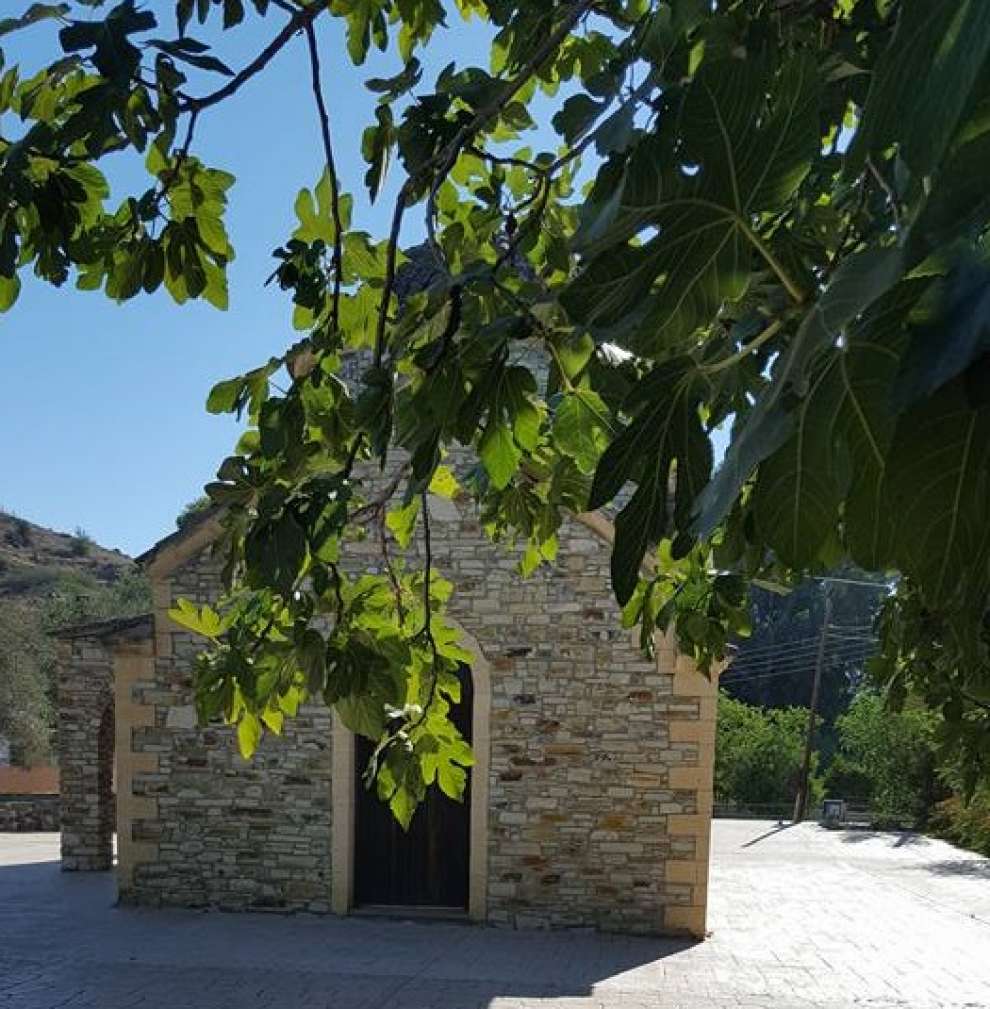 Photo: Chryso Maklokla
Photo: Chryso Maklokla
It is worth mentioning that at the foot of the mountainside where there is a river, a square marble building, called the jiouri, is built, where the inhabitants of the community used it in the old days. Until today (2018) this marble building with the icons of the Saints is still preserved. The villagers take care that the Saints' lamps are constantly on.
In the village of Sia, apart from the churches and chapels, you will see the Monument to the Fallen and Missing, the Venetian Bath and large areas of olive cultivation.
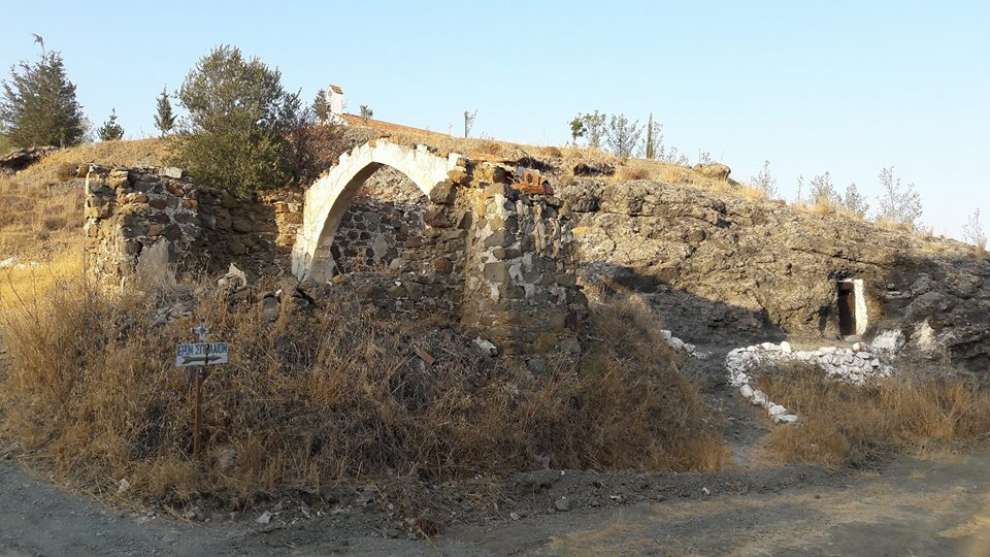 Photo: Kimonas Markoulis
Photo: Kimonas Markoulis
You will also see the remnants of the abandoned Sideropyrite and Copper Mining Mines. It is worth mentioning that even today (2018) a gallery is preserved. The Hellenic Mining Company operated the mine until the 1980s.
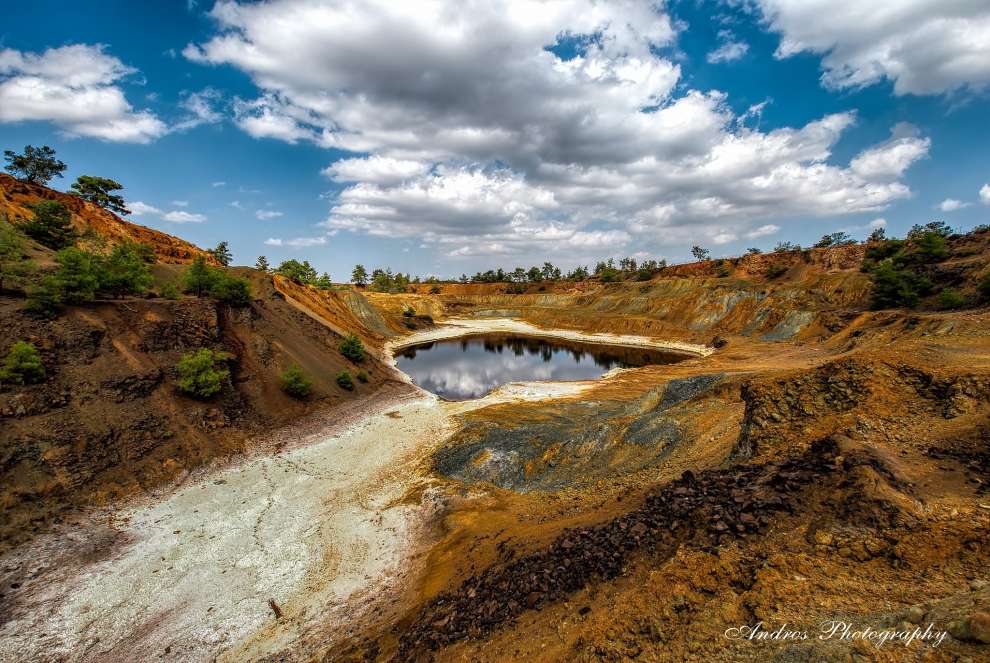 Photo: Andreas Efthimiou
Photo: Andreas Efthimiou
Finally, to the north of the Mines is the quarry.
For the map of the area, click HERE

 English
English
 Ελληνικά
Ελληνικά Русский
Русский
















